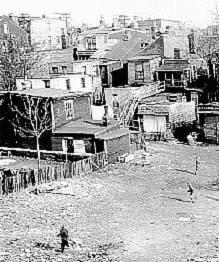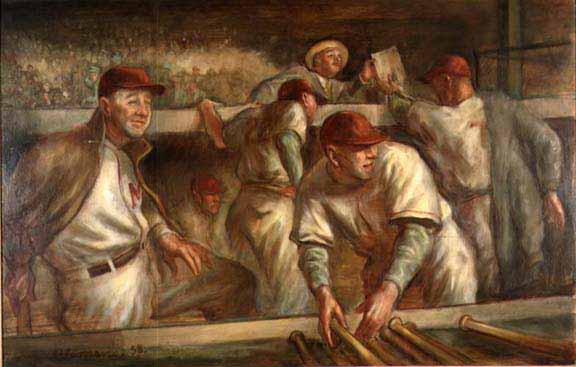Before there were organized Little League teams, with coaches hitting balls to nine 10
year-olds in anticipation of the big Saturday afternoon game, inner-city kids played baseball in empty city lots.
These lots were oftentimes filled with dirt or sand with fluctuating terrain, making both home runs and errors
more plentiful. Watching and hearing about great players like Babe Ruth or Honus Wagner, children imitated those
stars in run down spaces that today most parents would label as too dangerous.
As those children grew up, they would continue to play in the lots, forming leagues and often getting paid for
their play. The best players would come together to form the best team. Players would often make more money
on the sandlots that they would as professionals. The cycle of a professional career would often progress from
the sandlots to the local pro team in the prime of their careers and then back to the sandlots because they simply
could not leave the game. Sandlot baseball reached its peak between the wars when many players learned how to
play in World War I and then returned home to play after work in factories and shipyards. Also, Many men also
spent those years in military camps where the recreation of choice was baseball.
"Black Pittsburgh looked to itself for sport in the early twentieth century largely because of class and racial
dynamics of white professional and major college sport (Sandlot Seasons, by Rob Ruck." Blacks, still segregated
from area buildings, were in need of recreational facilities. For a long time, they did not get money for any outside
source. So they took to natural terrain, and used everyday materials for equipment.
Sandlot Baseball

